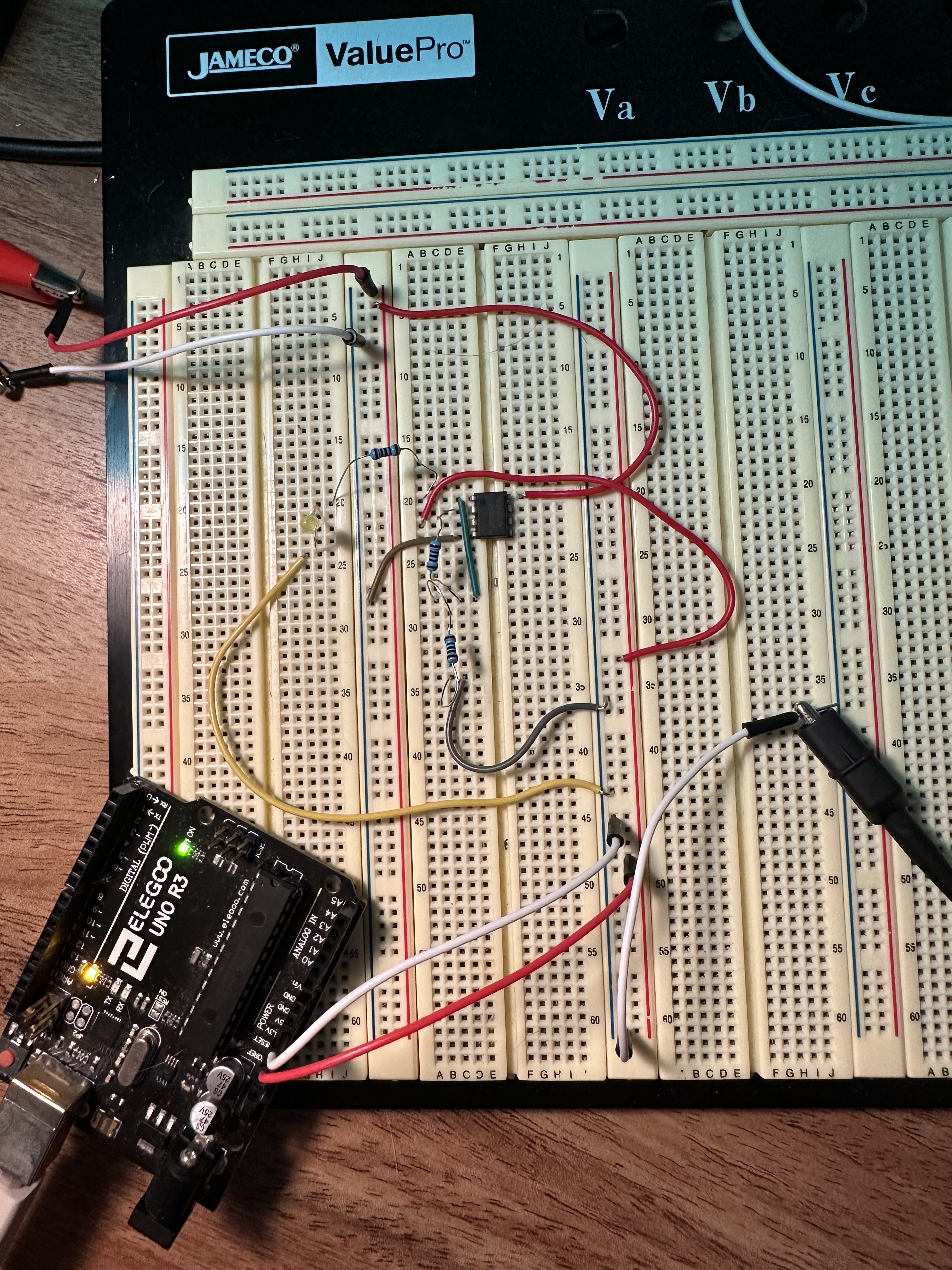this post was submitted on 29 Jun 2023
7 points (100.0% liked)
Ask Electronics
3316 readers
1 users here now
For questions about component-level electronic circuits, tools and equipment.
Rules
1: Be nice.
2: Be on-topic (eg: Electronic, not electrical).
3: No commercial stuff, buying, selling or valuations.
4: Be safe.
founded 1 year ago
MODERATORS
you are viewing a single comment's thread
view the rest of the comments
view the rest of the comments

the first thing i'd do is connect the GND from your arduino and from your power supply. At the moment there does not seem to be a common ground or it is off picture.
The circuit works when there is a common ground (makes sense ofc but originally I thought they had to be separate), I didn't want to put 5V and 12V on the same rail of the breadboard. Now what I find strange is that even without the 5V input voltage, I still get 10V at the output of the Op-amp which is very confusing.